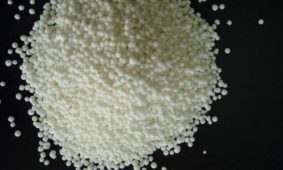Why Use Hydroponics
The ability to produce higher yields than traditional, soil-based agriculture Allowing food to be grown and consumed in areas of the world that cannot support crops in the soil Eliminating the need for massive pesticide use (considering most pests live in the soil), effectively making our air, water, soil, and food cleaner Pesticide free products […]
READ ARTICLECalcium in Plants
Calcium uptake and mobility Calcium uptake by the plant is passive and does not require energy input. Calcium mobility in the plant takes places mainly in the xylem, together with water. Therefore calcium uptake is directly related to the plant transpiration rate. Conditions of high humidity, cold and a low transpiration rates may result in […]
READ ARTICLECalcium Nitrate
Also called Norgessalpeter (Norwegian saltpeter) is the inorganic compound with the formula Ca(NO3)2. This colorless salt absorbs moisture from the air and is commonly found as a tetrahydrate. It is mainly used as a component in fertilizers. Nitrocalcite is the name for a mineral which is a hydrated calcium nitrate that forms as an efflorescence […]
READ ARTICLEAggregate Hydroponics (Agroponics)
In aggregate hydroponic systems, a solid, inert medium provides support for the plants. As in liquid systems, the nutrient solution is delivered directly to the plant roots. Agroponic systems may be either open or closed, depending on whether surplus amounts of the solution are to be recovered and reused. Open systems do not recycle the […]
READ ARTICLE











